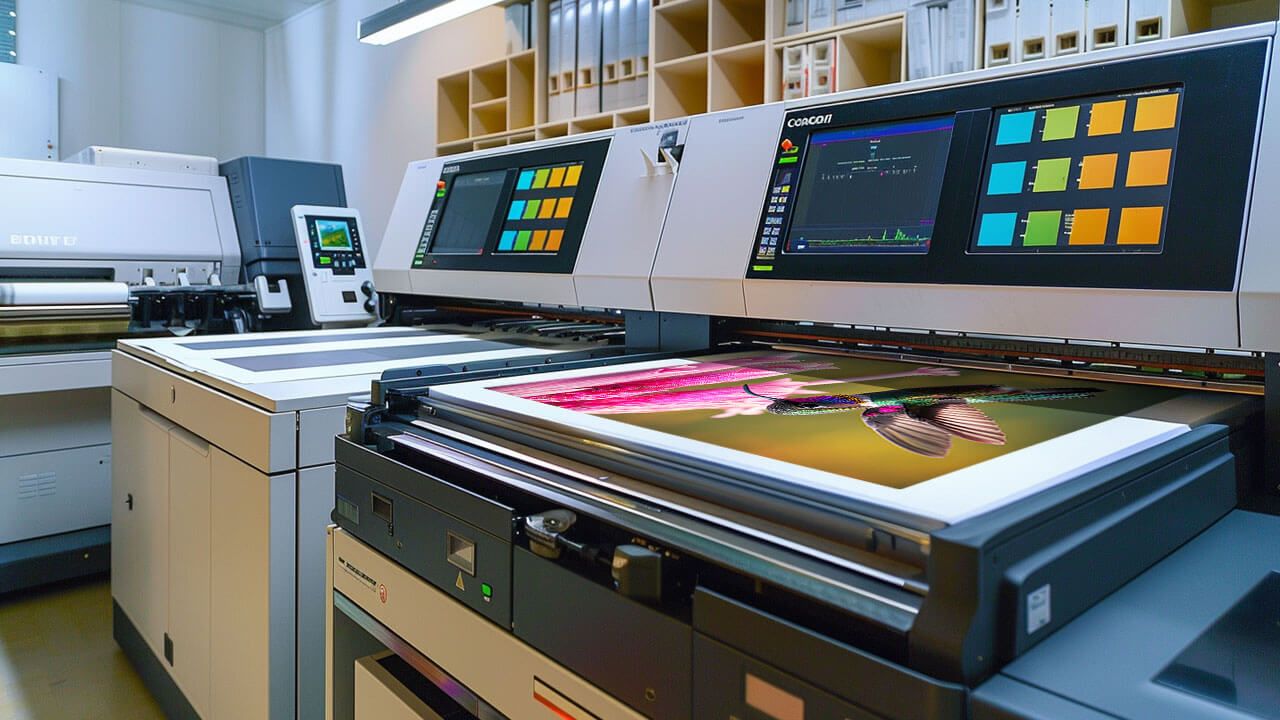The world of printing is rapidly evolving, driven by advancements in technology and changing consumer demands. As we look to the future, it’s clear that the skills needed for future printing will differ significantly from those of the past. Whether you’re a seasoned professional or new to the industry, understanding these shifts is crucial. In this article, we’ll explore the essential skills that will define the future of printing, ensuring you stay ahead of the curve.

The Changing Landscape of Printing
The printing industry has undergone significant transformation over the past few decades. From traditional offset printing to digital printing and now 3D printing, the evolution has been revolutionary. As highlighted in SumnerOne’s insights, the future of print is poised to integrate even more advanced technologies.
3D Printing: A Game Changer
One of the most profound developments in recent years is the rise of 3D printing. This technology has opened up new possibilities in manufacturing, design, and even healthcare. Professionals in the printing industry must now be familiar with 3D modeling software, understand materials science, and possess the ability to troubleshoot complex machinery. For more insights on this, check our detailed article on 3D printing in manufacturing.
Embracing Digital Printing
Digital printing continues to gain traction, offering flexibility and efficiency. Future printing professionals must be adept at managing digital files, optimizing print quality, and understanding color theory. The shift towards digital also demands familiarity with software like Adobe Creative Suite and a keen eye for detail.
Key Technical Skills for Future Printing
The technical landscape of printing is changing, and with it, the skills required to succeed. Let’s delve into some of the key technical skills that will be indispensable in the future.
Data Analysis and Management
In an increasingly data-driven world, the ability to analyze and manage data is crucial. Printing professionals will need to interpret data to make informed decisions about production processes, materials, and customer preferences.
Understanding of Augmented Reality (AR)
Augmented Reality (AR) is set to revolutionize print media, offering interactive and engaging experiences. Professionals should be familiar with AR technologies and how to implement them in print projects. Discover more about this in our article on AR in print media.
Essential Soft Skills for Future Printing
While technical skills are vital, soft skills are equally important. The ability to communicate, adapt, and collaborate will be key differentiators in the future of printing.
Creativity and Innovation
As the industry evolves, so too must the creative approaches to design and problem-solving. Printing professionals will need to think outside the box, leveraging new technologies to create innovative solutions.
Communication and Collaboration
Effective communication and collaboration are essential in any industry. In printing, professionals must work closely with clients, designers, and technicians to ensure successful project outcomes.
The Role of Sustainability in Future Printing
Sustainability is becoming increasingly important in the printing industry. Professionals need to be aware of eco-friendly practices and materials to meet consumer demands and regulatory requirements. Learn more about sustainable practices in our article on biodegradable printing materials.
Preparing for the Future
To succeed in the future of printing, continuous learning and adaptation are essential. Staying informed about industry trends, investing in skill development, and embracing new technologies will ensure you remain competitive.
Conclusion
The skills needed for future printing are diverse and dynamic, reflecting the rapid changes in technology and consumer expectations. By developing both technical and soft skills, printing professionals can navigate these changes effectively and seize new opportunities.

Frequently Asked Questions (FAQ)
What are the most important skills needed for future printing?
Technical skills like data analysis, familiarity with 3D printing, and digital design are crucial. Soft skills such as creativity, communication, and adaptability are also important.
How is 3D printing impacting the future of the industry?
3D printing is revolutionizing manufacturing, design, and healthcare, creating new opportunities and demanding new skills from printing professionals.
Why is sustainability important in the future of printing?
Sustainability is key to meeting consumer demands and regulatory requirements, making eco-friendly practices and materials essential for future success.
This article contains affiliate links. We may earn a commission at no extra cost to you.






